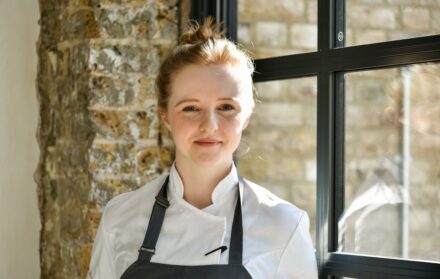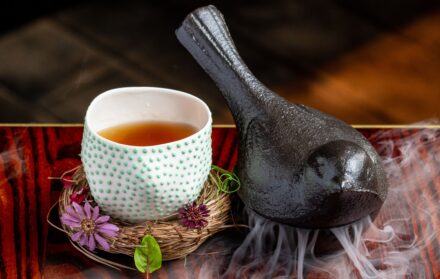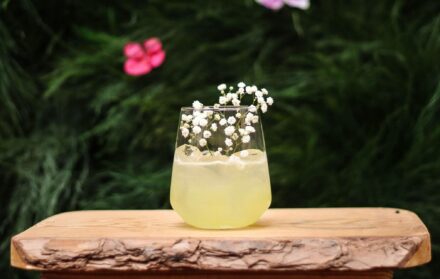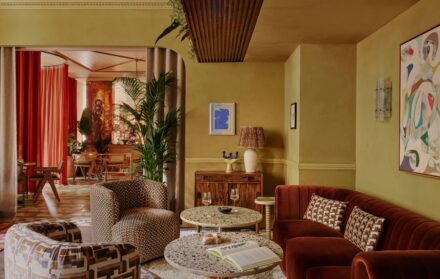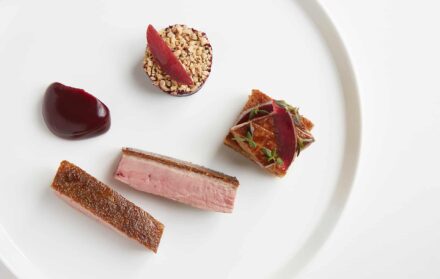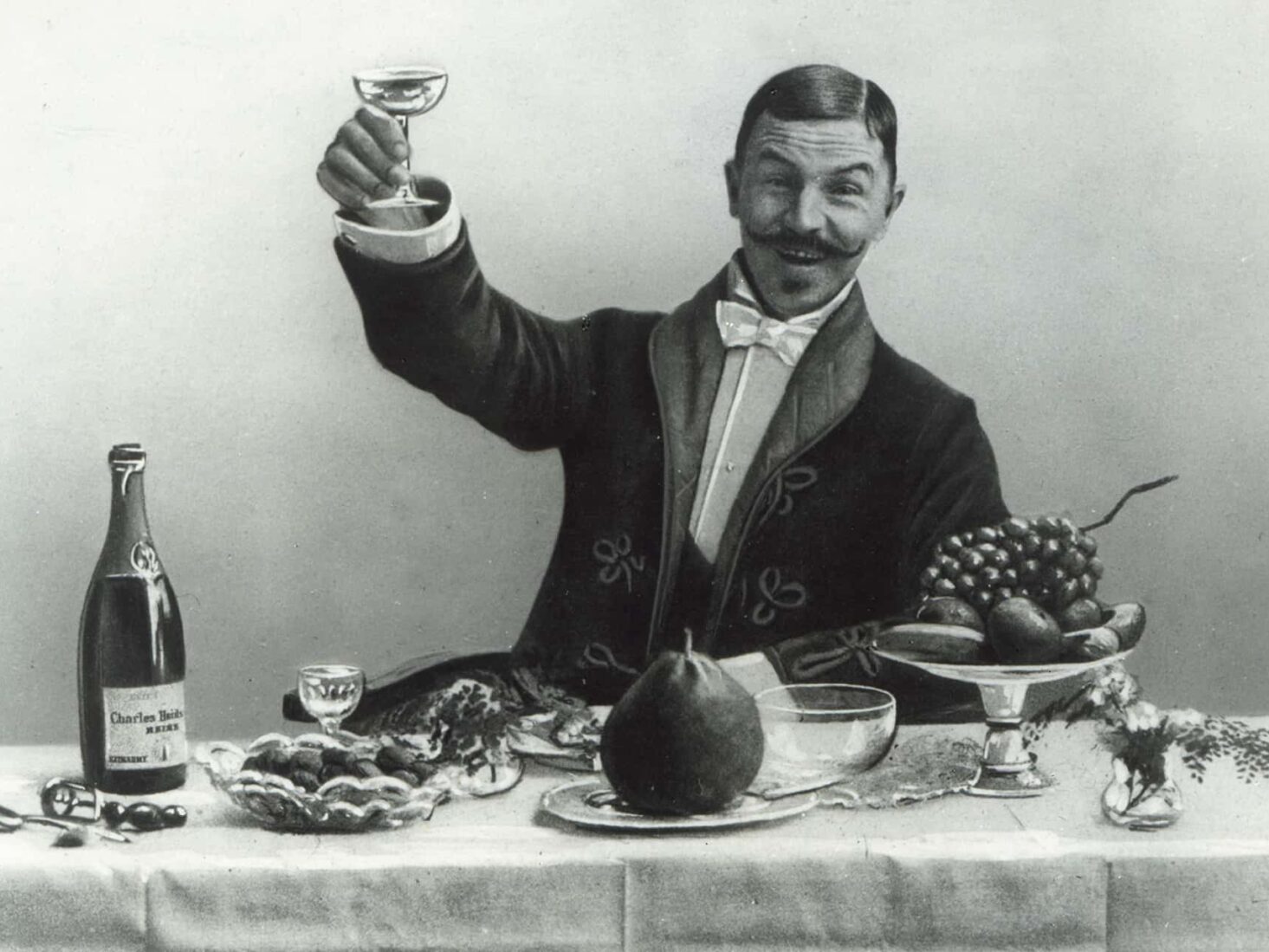
Coming of Age: Who was the real ‘Champagne Charlie’?
Gentleman-adventurer, US Civil War spy (maybe), rider of white stallions and inspirer of jazz standards – as Charles Heidsieck marks 200 years since the birth of its founder, who was the original ‘Champagne Charlie’?
As the Victorian music hall performer, George Leybourne, sang of ‘Champagne Charlie’ in a popular song of the late 1800s, he was “good for any game at night, my boys”. Around a century later, in the 1970s, he would inspire the standards – and debonair style – of jazz singer Leon Redbone. Two decades after that, Hugh Grant would play him in a mini-series – the third time he’d been portrayed on screen.
Such were the adventures of Charles-Camille Heidsieck, born 200 years ago this year, that they won him a soubriquet that remains in the popular vernacular today. They called him ‘Champagne Charlie’. And yet the term, used to describe someone who lives a life of luxury and excess, somewhat overlooks the pioneering exploits that defined the life of Charles-Camille Heidsieck.
“‘Champagne Charlie’ is not just an expression, it’s the name of a man who has been forgotten over recent decades,” says Stephen Leroux, managing director of Charles Heidsieck Champagne. “He was a man of two sides. He was a true salesman and away from home much of his life, which, his letters to his wife reveal, made him feel sad and lonely. Yet he was also a socialite who knew how to use his charm and good looks to work the star system and made some truly visionary moves in business. And, as the pomp that greeted him every time he sailed to New York suggests, he was always sure to make an entrance.”
Charles-Camille took after his father, Charles-Henri, a champagne merchant who, in 1811, rode into Moscow on a white stallion ahead of Napoleon’s army ready to sell his sparkling wine to whichever side ended up winning the impending battle.
Willing to take similar risks, Charles-Camille was the man who, on touring America, was arrested on suspicion of being a spy for the French government (he was carrying a diplomatic pouch for a friend, the documents in which spoke of making uniforms for the Confederate army). He declined to be released until he got an apology, ending up spending an additional four months behind bars even after he was set free. The episode prompted something of an international diplomatic crisis, which became known in the corridors of power as ‘The Heidsieck Incident’.
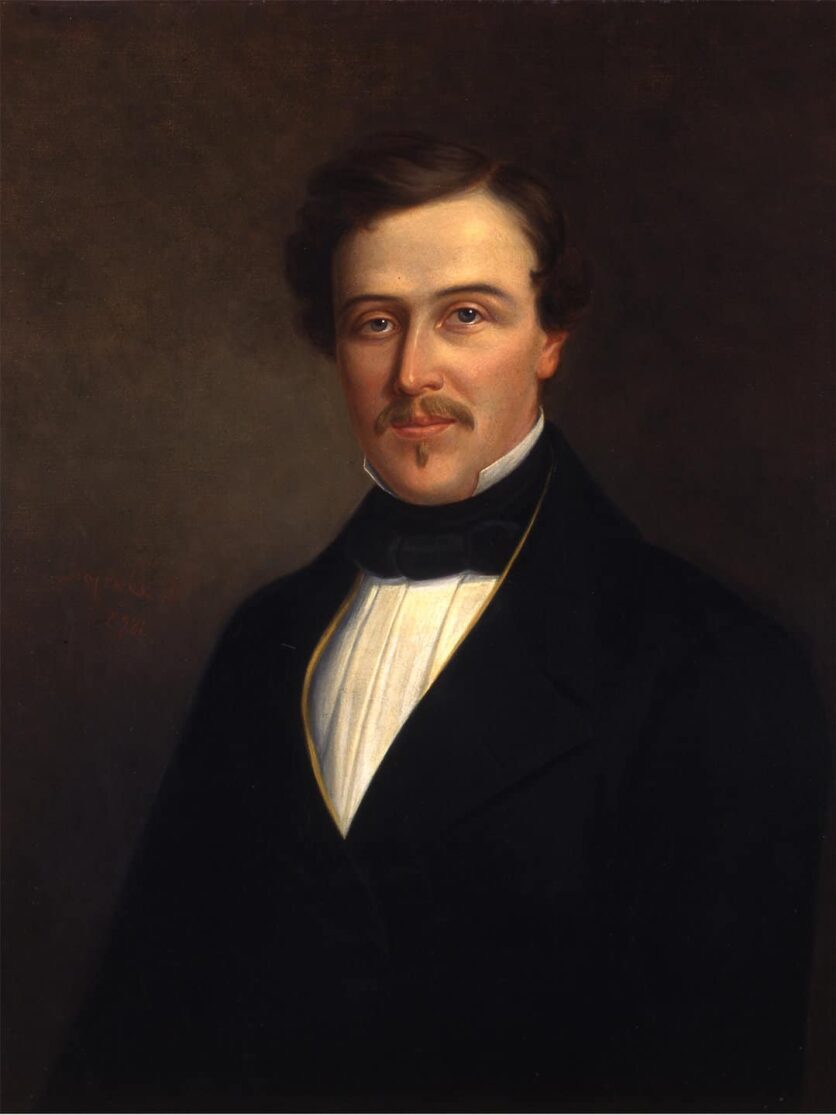
Here, too, was a man who once took payment in bales of cotton and tried to run a wartime blockade only to see his two ships sunk. And who, on another occasion, was paid with deeds to land that would turn out to account for a third of Denver (then just a village). Here was the man who built a fortune, lost it, and built it back again. No wonder Hugh Grant jumped at the role.
Heidsieck was as bold in business as he was in his personal life. A grand-nephew of the founder of what would through marriage become the Piper-Heidsieck champagne house, Heidsieck decided to rebuff a career in the family firm and set up a champagne house of his own.
Having spent the first three decades of life as a well-to-do man-about-town – specifically the champagne capital, Reims – in 1851 he launched his own business with big ambitions. The following year – the year he turned 30 – he became one of the first sparkling wine-makers to sell into the US, the bottles he landed there, after an arduous trans-Atlantic crossing by sail, helping to establish the country as the world’s biggest champagne market (as of 2021).
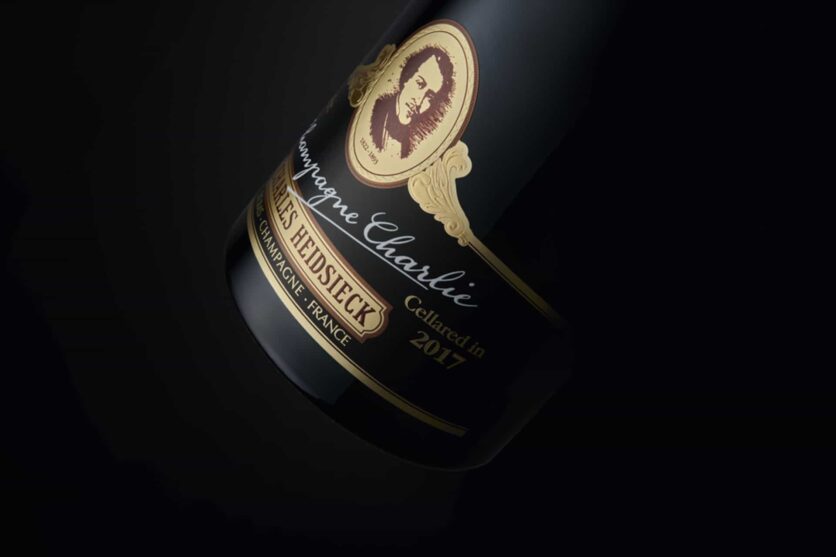
With foresight, Heidsieck recognised that champagne should be positioned as a luxury commodity as much as an experiential drink. He labelled his product ‘Cosmopolitan Champagne’ and won the attention of high society. Back in France, he had the prudence to purchase outright 47 enormous, 30m-deep chalk cellars – dug out by the Romans – which offered the perfect temperature, humidity and darkness in which to mature his product.
Charles Heidsieck, the firm he established for his own family (he had five sons, all of whom were named Charles) would be passed down through generations until the 1980s. During the decade, five special ‘Charlie’ cuvées were created in his honour – the first in 1979, the last in 1986. And then, well, nothing much.
“The company was prominent internationally when Charles-Camille managed it, as it was under five more generations, including being a market leader in the USA through Prohibition. But through the post-war period up until the late 1980s, the company slowly lost a lot of business,” says Leroux.
“Sales began falling, dramatically. Almost 90 per cent of the company just went. It was part of a spirits company [Rémy Cointreau] that had three Champagne houses, had other priorities and just really took the focus off Heidsieck. Distribution for the brand went, and with that, memory of it too. I think that’s why there’s such a disconnect now between the name ‘Champagne Charlie’ and its origins.”
“‘Champagne Charlie’ is not just an expression, it’s the name of a man who has been forgotten.”
Stephen Leroux
A decade ago, the Heidsieck brand was acquired by France-based investment fund, the EPI Group. During the 2010s, the brand, long forgotten by all but connoisseurs, re-established itself in 75 markets around the world.
“We’d been given the ammunition to rebuild a strong name for Charles Heidsieck, but it was difficult to start with,” says Leroux. “The brand is historic but, essentially, we had to start from scratch. I remember being at wine events with sommeliers and wine shops and many people had no idea what Charles Heidsieck was. The problem we have now is that we don’t have enough stock to meet demand – we can only sell what we planned for five years ago, because time really is of the essence when it comes to making champagne.”
Now, 37 years after the last, Charles Heidsieck has launched a new ‘Charlie’ cuvée – and it’s fair to say that the company has gone all out.
The brand sets itself apart by being both a blended champagne – made from up to 60 crus, selected from different winegrowers across the Champagne region – and by using an unusually high percentage – around 50 per cent – of reserve wines, which are cellared for up to 25 years.
The new, limited-edition ‘Charlie’ cuvée uses around 80 per cent reserve wines. That, in part, explains why it costs more than your typical wedding fizz: around £550 a bottle, or £70 a glass.
“Typically, champagne houses use maybe 15 or 20 per cent reserve wines,” explains Leroux. “When you produce a wine every year from the new harvest the challenge [for a champagne brand] is to create something that has a consistent style and taste, so when you use reserve wines you can do that more easily. There’s only one or two champagne houses that can do that.
“We’ve really put all our treasures into these new bottles. From a wine perspective, we like to think we’ve really pushed the boundaries. Wine connoisseurs might have been expecting us to produce a vintage wine because some previous ‘Charlie’ wines were vintages, but in increasing the reserve content the result is something very distinctive.”
Just a few hundred cases will be produced each year, meaning that anyone hoping to secure a case for their own collection will have to move quick – but then Charles Heidsieck fans have always been the tenacious type. Following Heidsieck’s imprisonment in America, it was none other than Napoleon III who pushed for his release. It was President Lincoln who personally authorised it. No doubt there were cheers all around.
Champagne Charlie 2022, cellared in 2017, £550, charlesheidsieck.com

